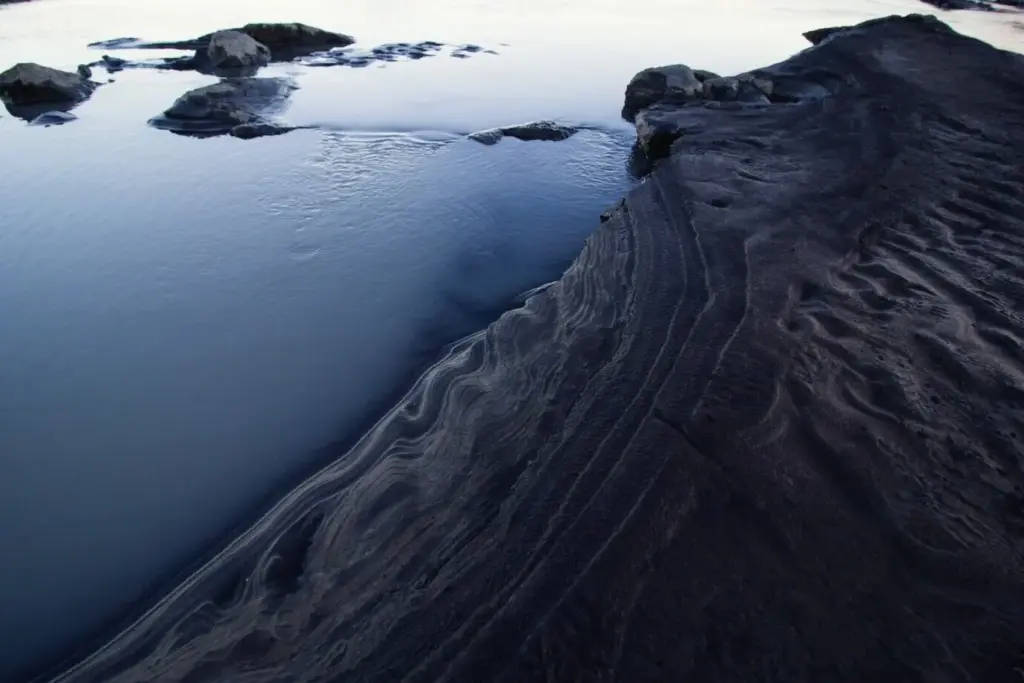Endurance That Goes the Distance
Know Your Baseline and Map the Route Ahead
Build Endurance the Smart Way






Strength That Carries Miles
Lower Body Priorities
Build volume with step-ups, split squats, Romanian deadlifts, and slow-eccentric calf raises. Emphasize tempo and clean alignment over load, adding weight only when movement remains steady. Expect easier climbs, quieter knees on descents, and steadier footing when trails tilt, twist, and throw surprise obstacles underfoot.
Core and Stability for Rough Terrain
Practice carries, anti-rotation presses, and single-leg hinges to resist pack sway and sudden slips. Blend suitcase carries, Pallof presses, and bird-dogs with diaphragmatic breathing so bracing feels automatic. A stable torso conserves energy and protects backs during river crossings, talus hops, and windy ridgeline traverses.
Trail-Specific Power Without Gym Machines
Use hill strides, stairs, and controlled bounds to layer gentle power onto an aerobic base. Keep efforts short, fully recover, and prioritize perfect form over bravado. You will feel springier, negotiate obstacles cleanly, and handle sudden climbs without spiking heart rate or morale.
Resilience Through Recovery






Fueling and Hydration for Long Hauls
Plan Your Calories Like Mileage
Use thirty to sixty grams of carbohydrates per hour for most efforts, scaling higher for intense climbs. Mix gels, chews, bars, and real food to avoid palate fatigue. Add small protein and fat doses on very long days to steady energy and reduce cravings.
Hydration Strategy You Can Execute
Estimate sweat rate with a pre-and post-session weigh-in, then plan liters per hour accordingly. Use electrolytes when sessions exceed an hour or heat rises. Sip steadily, limit chugging, and watch urine color. Adequate sodium prevents foggy thinking and keeps muscle firing smooth and reliable.
Skills, Gear, and Foot Care
Feet First: Prevention Over Cure
Trim nails, file calluses, and rotate breathable socks. Lube hot spots preemptively, carry tape, and stop early at the first whisper of friction. Test toe socks, heel locks, and liner combinations during training so your system feels automatic when weather shifts or miles stretch long. A fastidious routine saved Jorge’s hundred-kilometer trek after a storm soaked everything by noon.
Dialing In Your Pack and Poles
Set pack height, tighten hipbelt, and bring load lifters to life so weight sits on bones, not soft tissue. Test water access, pocket logic, and strap tidy-ups. Match pole length to terrain, and practice rhythm that reduces knee stress and smooths steep downhills beautifully.
Layering and Weather Readiness
Master a breathable system with sun shirt, active insulation, and a reliable shell you can vent. Study forecasts and microclimates, and pack spares to keep hands and core dry. Practiced layering prevents chills, sunburn, and morale dips when conditions flip quickly above treeline.